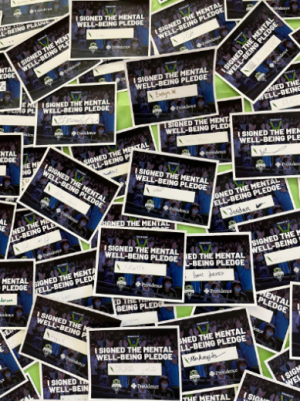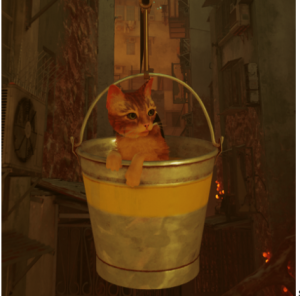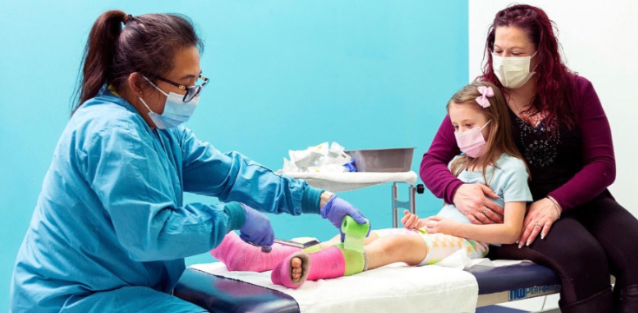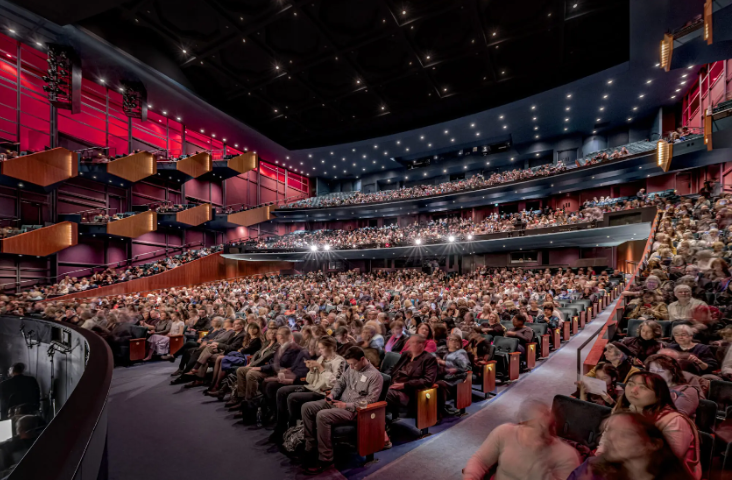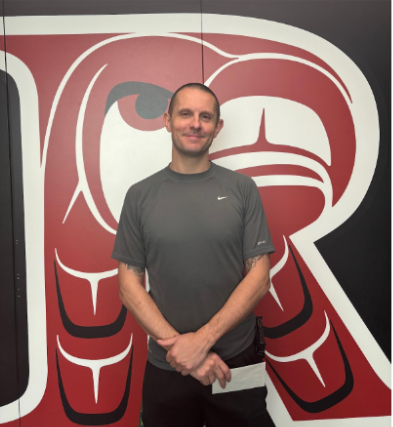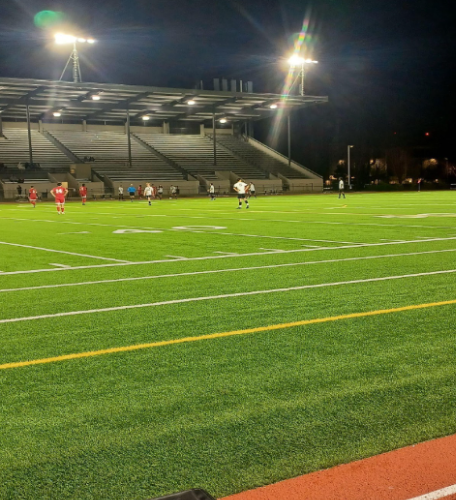LIFE AS AN EMERGENCY MEDICAL TECHNICIAN
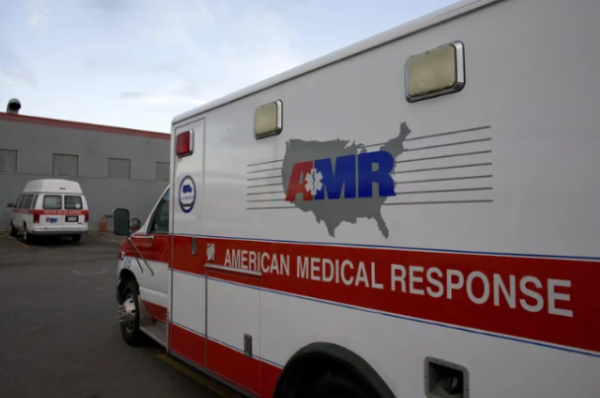
(A picture of an ambulance for American Medical Response)
An Emergency Medical Technician, also known as an EMT is a healthcare technician who provides immediate medical care in emergencies. EMTs receive patients who require help. They are trained to stabilize, assess patients, and give them transportation. EMTs are seen in ambulances and fire departments. I interviewed an EMT worker, Erryl Roberson, who works for the AMR (American Medical Response) in Seattle, Washington. I asked him questions about his life as an emergency medical technician.
WHAT INSPIRED YOU TO PURSUE A CAREER AS AN EMT?
“My family. I have some family members who work as firefighters EMTS and my first step was to become an EMT. It is a job that I fell in love with.”
WHAT WAS THE PROCESS?
“You can apply to EMT schools, then you do a few month course. You get a certification, you pass the national test and after that, you have to be affiliated with a fire department or an ambulance company. Then you get certified by the state to work as an EMT. You can also go to a private ambulance company and they’ll pay for your EMT school for free and you work through them. The way you pay them back is with your time through a contract.”
DID IT TAKE A LONG TIME FOR YOU TO BECOME EMT?
“No, it took me about 4 months to become an EMT.”
DID YOU HAVE ANY PERSONAL EXPERIENCES THAT INFLUENCED YOUR DECISION TO BECOME AN EMT?
“Yeah, I had a lot of personal influence, because growing up my dad was a firefighter. He had to be a firefighter EMT or firefighter medic, and he was a firefighter medic. The amount of free time and availability he has, that always stuck with me and that made me want to do it. When I got a little bit older, when I was 18 or 19, my cousin Joe was a firefighter EMT as well. So I got to see the cool stuff that they were doing and that kind of influenced my decision.”
DID A LOT OF THEM HELP YOU?
“Yeah, they helped me with the process of getting started. But it’s a job that if you want to do it, you have to actually want to do it, you can’t just halfway want to do it. You have to fully commit.”
HOW DO YOU REMAIN CALM WHEN YOU’RE IN A DIFFICULT SITUATION?
“I just remember that it’s not my emergency. It’s easier to get freaked out when there’s a lot of stuff going on and you have people yelling, screaming and who are hurt. But yeah, I remember that it’s not my emergency and that my job is to be calm, be professional and to help transport this person to the hospital.”
WHAT DO YOU LIKE ABOUT BEING AN EMT?
“What I like about being an EMT is that this job is unique. I get to drive around Seattle all day. When I don’t have a call, I can run errands if I need to. I can sleep, I can work on other projects that I have going on. And also I get to see different things. Every day is different. I never had the same day twice.”
WHAT ARE THINGS YOU DON’T LIKE ABOUT BEING AN EMT?
“I guess some of the things I don’t like is how causal emergencies have become to me, to where I don’t see it as a big deal anymore. But it’s just something I can do. It is just like second nature to me now.”
WHAT DOES YOUR DAY LOOK LIKE?
“I usually show up to work 5 minutes early. I clock in. Talk with my co-workers for a little bit. I go get my rig. I do a rig check to make sure all my equipment is there. Make sure I have my back bored, stethoscope, blood pressure cuff, and bagadages. We make sure we have fuel. I tell dispatch we’re ready to go, they send us to a post somewhere in downtown, and any moment we can get a call. We’ll run that call, bring that person to the hospital, decon the rig and go back in service then repeat.”
WHAT ARE THE RISKS OF BEING A EMT?
“The physical risk is that you don’t know who you are picking up. Sometimes you can pick up a calm person then all of a sudden they want to attack you. Occasionally people will bring weapons with them and even pull them out. Patients may have a lot of different diseases like HIV or other STDS, hepatitis, lice or bed bugs, all that stuff, and you can pick them up and potentially bring them home. A mental risk is that sometimes people have a harder time dealing with stress.”
WHAT IS THE PAYMENT?
“The annual payment as an EMT is $65,000-$70,000 and as a firefighter you get paid around $100,000 starting out.”
ARE THERE ANY MEDICAL BENEFITS?
“Yes, you get insurance. Health insurance, dental insurance, and all that stuff.”
WHAT IS SOME ADVICE YOU WOULD GIVE TO PEOPLE WHO WANT TO BE IN THIS CAREER?
“Go talk to some people who are working in an ambulance then ask them if they think it’s worth a career. It takes a specific type of person to do this everyday, it isn’t for everybody.”
In conclusion, this EMT’s dedication to help others in his community can inspire many people. Being able to have a unique job and seeing different things around the city. If you want to pursue this dream, you should give it a shot and be fully committed. Being an EMT is not just a job but it’s where you get to help and serve your community. Thank you EMTs!
SOURCES:
https://www.bls.gov/ooh/healthcare/emts-and-paramedics.htm


